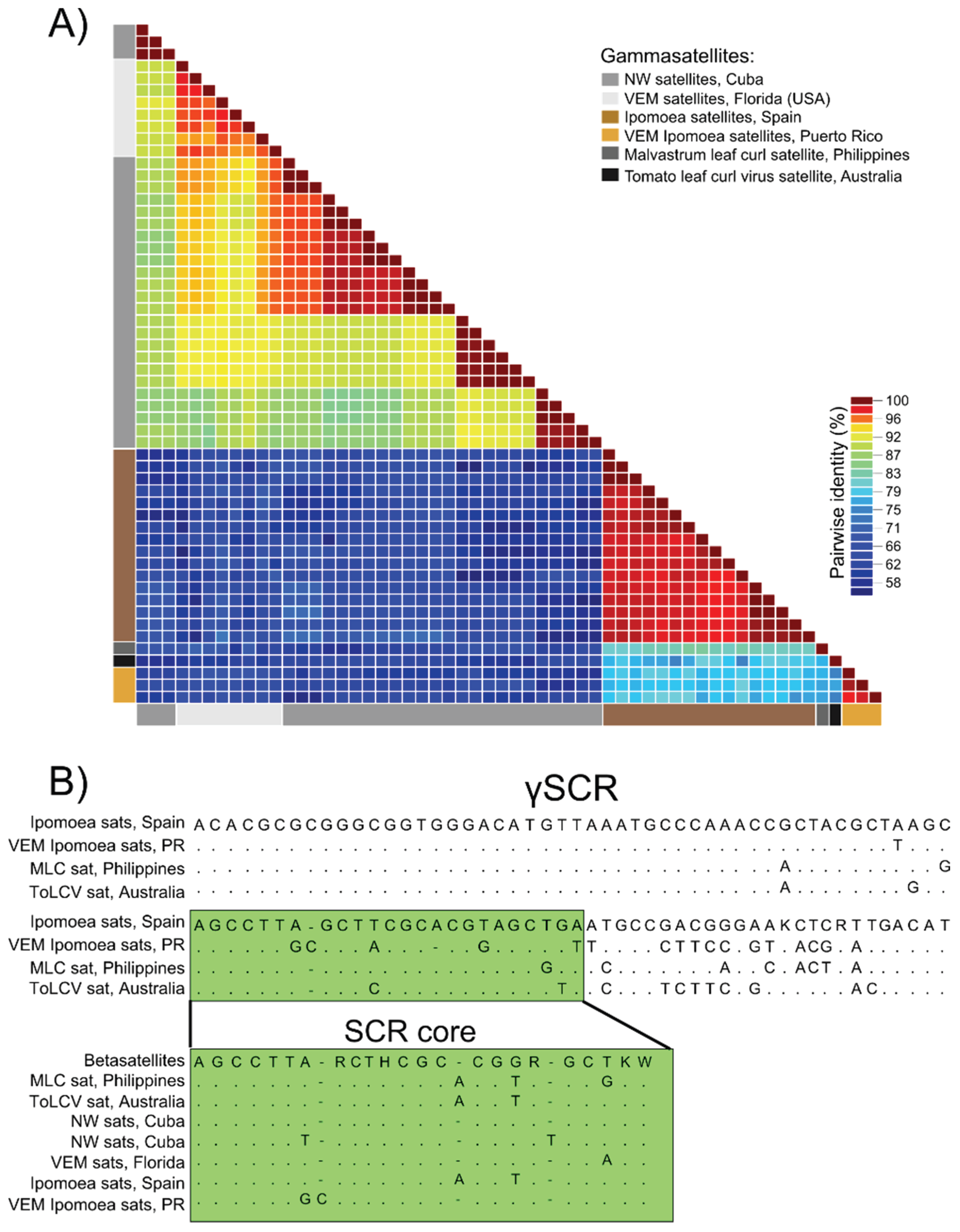Satellite Viruses Pdf
Full-text (PDF) Satellite viruses encode structural proteins required for the formation of infectious particles but depend on helper viruses for completing their. Distinguish satellite viruses from satellite nucleic acids. Viroids • infectious agents composed of closed, circular ssRNAs • do not encode gene products. Full-text (PDF) It has been argued that the smaller viruses associated with giant DNA viruses are a new biological entity. However, Mart Krupovic and Virginija Cvirkaite-Krupovic argue here that these smaller viruses should be classified with the satellite viruses. SATELLITES OF PLANT VIRUSES 53 To distinguish satellite RNA species of CMV from those containing sequences present in the CMV genome, Kaper & Tousignant (38) intro.


Not to be confused with. Satellite (unranked): (unranked): Satellite Groups Satellite viruses Satellite nucleic acids A satellite is a composed of that depends on the of a host cell with a for its replication. Satellite viruses, which are most commonly associated with plants, but are also found in mammals, arthropods, and bacteria, have the components to make their own protein shell to enclose their genetic material, but rely on a to replicate.
Most viruses have the capability to use host enzymes or their own replication machinery to independently replicate their own viral RNA. Microsoft Xml Paper Specification Essentials Pack 1.0. Satellite viruses in contrast, are completely dependent on a for replication.
The symbiotic relationship between a satellite and a helper virus to catalyze the replication of a satellite viral genome is also dependent on the host to provide components like to carry out replication. Me Before You Jojo Moyes Epub Free Download there. A satellite virus of that inhibits the replication of its host has been termed a.
However, the usage of this term remains controversial due to the lack of fundamental differences between virophages and classical satellite viruses. The genomes of satellite viruses range upward from 359 nucleotides in length for Satellite Tobacco Ringspot Virus RNA (STobRV). Satellite viral particles should not be confused with. Satellite Virus Vs. Contents • • • • • History and Discovery [ ] The s was the first virus that lead to the discovery of the first satellite virus in 1962.
Scientists discovered that the first satellite had the components to make its own protein shell. A few years later in 1969, scientists discovered another symbiotic relationship with the tobacco ringspot neopvirus (TobRV) and another satellite virus. The emergence of Satellite RNA is said to have come from either the genome of the host or its co-infecting agents, and any vectors leading to transmission.
A satellite virus important to human health that demonstrates the need for co-infection to replicate and infect within a host is. Hepatitis D (HDV) was discovered in 1977 by an Mario Rizzetto and is unique from Hepatitis A, B, and C because it requires viral particles from Hepatitis B to replicate and infect liver cells.
(HBV) provides a surface antigen which in return is utilized by HDV to create a super infection resulting in liver failure. Hepatitis Delta Virus is found all over the globe but most Prevalent in Africa, the Middle East and Southern Italy Classification [ ] • Satellite viruses- satellites are classified as sub viral agents in that they require the help for co-infection therefore they do not have their own taxonomic classification. There is ongoing talk about proposing new genre for the taxonomic classification of satellites. • Single-stranded satellite viruses • Subgroup 1: associated satellite • • Subgroup 2: satellite • • • • • Double-stranded satellite viruses • • • • • Satellite nucleic acids • Single-stranded satellite • • • • Double-stranded satellite • • • Single-stranded satellite RNAs • Subgroup 1: Large satellite RNAs • • • • • • • • • Subgroup 2: Small linear satellite RNAs • • • • • • • • • • Subgroup 3: Circular satellite RNAs or ' • • • • satellite virus RNA • • • • • See also [ ].